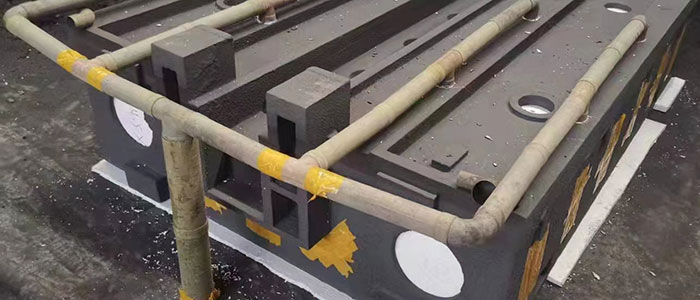In metal casting processes, runners and gates play critical yet often overlooked roles in determining the quality of the final cast product. These components of the gating system serve as the carefully engineered pathways that guide molten metal from the pouring cup into the mold cavity. Understanding their function and proper design is essential for foundry engineers and anyone involved in casting production.
The Runner: Main Conduit for Molten Metal
The runner is the primary channel that receives molten metal from the pouring basin and distributes it to various parts of the mold. Typically horizontal in orientation, the runner acts as a reservoir that helps maintain consistent metal pressure and flow rate during the filling process. Proper runner design considers:
-
Cross-sectional area to control flow velocity
-
Length to ensure even distribution
-
Positioning relative to the mold cavity
-
Thermal properties to prevent premature solidification
In complex castings, multiple runners may branch out to feed different sections of the mold, requiring precise calculations to balance metal flow throughout the system.

The Gate: Final Control Point Before the Cavity
Gates serve as the transition points between runners and the actual mold cavity. These strategically sized openings control the final entry of molten metal into the product shape. Key characteristics of effective gating include:
-
Smaller cross-section than the runner to create backpressure
-
Proper placement to minimize turbulence
-
Appropriate number based on casting geometry
-
Orientation to promote directional solidification
The gate’s design directly impacts surface finish, internal integrity, and dimensional accuracy of the final casting. Engineers often place gates at non-critical areas of the final product, as the gate connection point will require removal during finishing operations.
System Interactions and Optimization
The relationship between runners and gates forms a hydraulic system that must balance several competing factors:
-
Flow velocity must be high enough to completely fill the mold but low enough to avoid erosion of mold surfaces
-
Metal must remain liquid throughout the entire filling process
-
The system should minimize turbulence to reduce oxide formation
-
Design should promote favorable temperature gradients for solidification
Modern casting operations often use computer simulations to optimize runner and gate designs before creating physical patterns. This virtual testing allows engineers to predict flow patterns, identify potential defects, and refine the gating system for maximum efficiency.
Practical Considerations in Production
While the principles remain consistent, specific runner and gate configurations vary significantly based on:
-
The casting alloy being used (different flow characteristics for aluminum vs. steel vs. bronze)
-
The casting method (sand casting, die casting, investment casting, etc.)
-
Part geometry and wall thickness
-
Production volume requirements
Experienced foundry technicians develop an intuitive understanding of how to adjust runner and gate designs based on visual inspection of castings and defect analysis. This practical knowledge complements the theoretical calculations to produce high-quality cast components efficiently.
The proper design and implementation of runners and gates remains one of the most critical aspects of successful metal casting operations, directly affecting yield rates, material efficiency, and final product quality.


